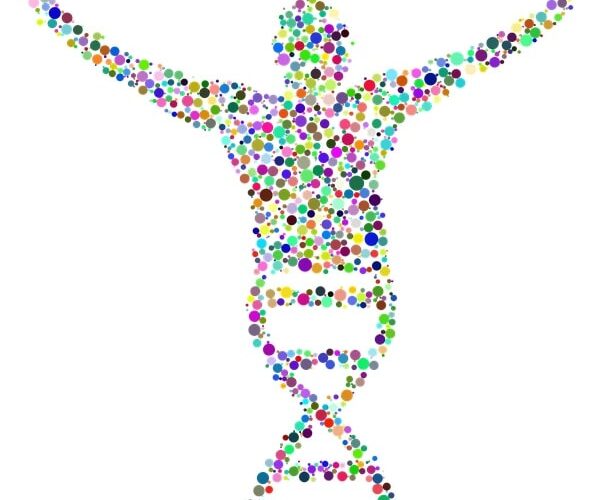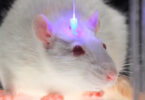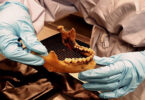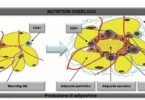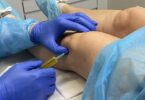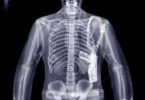Transferase enzymes facilitate a crucial biochemical process known as transamination. It is based on the donor-acceptor scheme.
Transferase enzymes are a liver enzyme that converts bilirubin into a form that can be eliminated from the body through bile.
Transferase enzymes are found in various cells and tissues of the body, but are mainly located in the liver, heart, and skeletal muscles. That is why this enzyme also converts some hormones, medications and toxins into harmless products.
Likewise, transferase enzymes are complex proteins that produce a specific chemical change.
For example, they can help break down the food we eat so the body can use it. Just as blood clotting is another example of the work of enzymes.
For this reason, enzymes are necessary for all bodily functions.
It is important to keep in mind that elevated levels of liver enzymes often indicate inflammation or injury to liver cells.
On the other hand, more than 20 different enzymes are determined that allow the digestion of food and the assimilation of nutrients throughout the digestive system. Each of them fulfills a specific function in the process of decomposition and absorption of food.
Enzymes are specialist proteins and control all the chemical reactions in our body. That is why they are said to be catalysts, because each chemical reaction needs an enzyme for it to take place, that is, everything that is transformed is done thanks to an enzyme.
Enzymes can be regulated by other molecules that increase or decrease their activity.
On the other hand, molecules that increase the activity of an enzyme are known as activators, while those that decrease the activity of an enzyme are called inhibitors.
Indeed, more than 5000 enzymes are known at present, some work alone and others require a cofactor.
Enzymes have a polymer type structure, where the structural units are amino acids; The specific sequence of amino acids and what is called the three-dimensional structure, or spatial arrangement of its atoms, is key to enzymatic activity.
Enzymes are obtained from microorganisms (bacteria, fungi or yeasts) selected by screening and subsequently cultivated by fermentation (in a flask or reactor).
From the culture broths, the enzyme that catalyzes the reaction of interest is purified.
Some drugs target enzymes, which regulate the speed of chemical reactions, rather than attaching to receptors on cells.
Where is the transferase enzyme found?
GGT is an enzyme found throughout the body, mainly in the liver. When the liver is damaged, GGT can leak into the blood.
The gamma-glutamyltransferase test (also known as gamma-glutamyltransferase or GGT) measures the amount of GGT in the blood.
A transferase enzyme is an enzyme that catalyzes the transfer of a functional group, for example a methyl or a phosphate group, from a donor molecule to an acceptor molecule. For example, a transfer reaction is as follows: A–X + B → A + B–X.
The most important enzymes:
- Ptyalin (Starches, produced in the mouth – salivary glands)
- Amylase (Starches and sugars, produced in the stomach and pancreas)
- Pepsin (Proteins, produced in the stomach)
- Lipase (Fats are produced in the Pancreas and intestine).
Transferase enzymes are enzymes that transfer a group, for example the methyl group or a glucosyl group, from one compound, generally considered the donor, to another compound (generally considered the acceptor).
Types of enzymes:
The types of enzymes are classified into seven and their name originates with the name of the substrate, the product and the reaction class:
- Oxidoreductases.
- Transferases.
- Hydrolases.
- Lyases.
- Isomerases.
- Ligases.
- Translocases.
Diseases caused by a lack of enzymes:
Morquio Syndrome: absence or minimal amount of an enzyme responsible for breaking down a type of sugar; This causes vision, hearing, bone, and heart problems. Therefore, it requires medical assistance.
Finally, it is important to know that some inherited diseases are caused by problems with the production of certain enzymes.
Furthermore, knowing that the technology for the use of enzymes is applied to improve the quality of life of humanity and continues to be of utmost importance and a key point of biotechnology.
FONT
http://biosensor.facmed.unam.mx/proteinas/func/enz/part1/text40.html
https://www.cigna.com/es-us/knowledge-center/hw/enzima-ste122090
https://www.amano-enzyme.com/es/about-enzymes/
Other Articles of Interest
Are you familiar with the new FDA-approved advanced therapy for Cystic Fibrosis?
Are you familiar with the new FDA-approved advanced therapy for Cystic Fibrosis?

